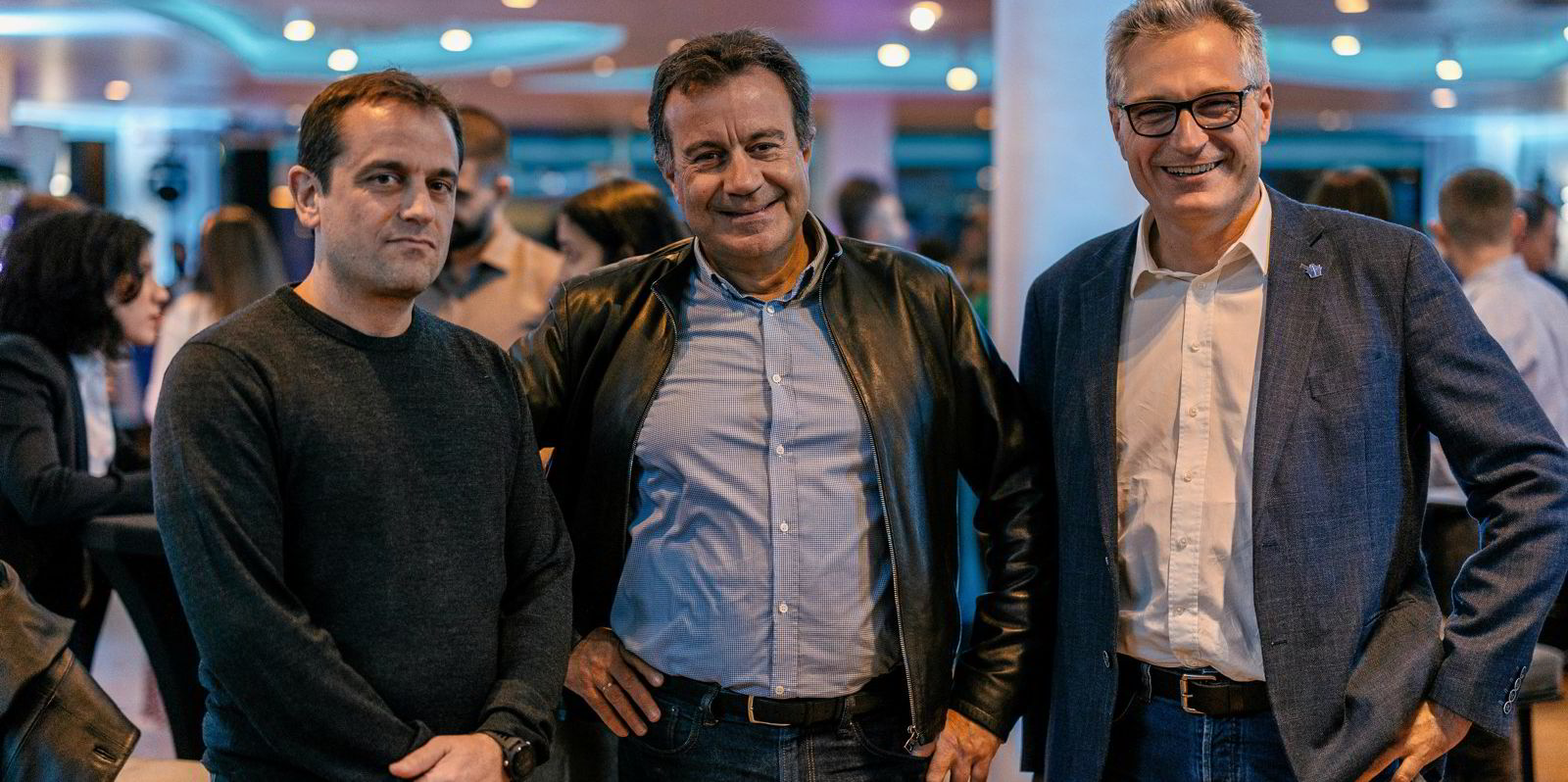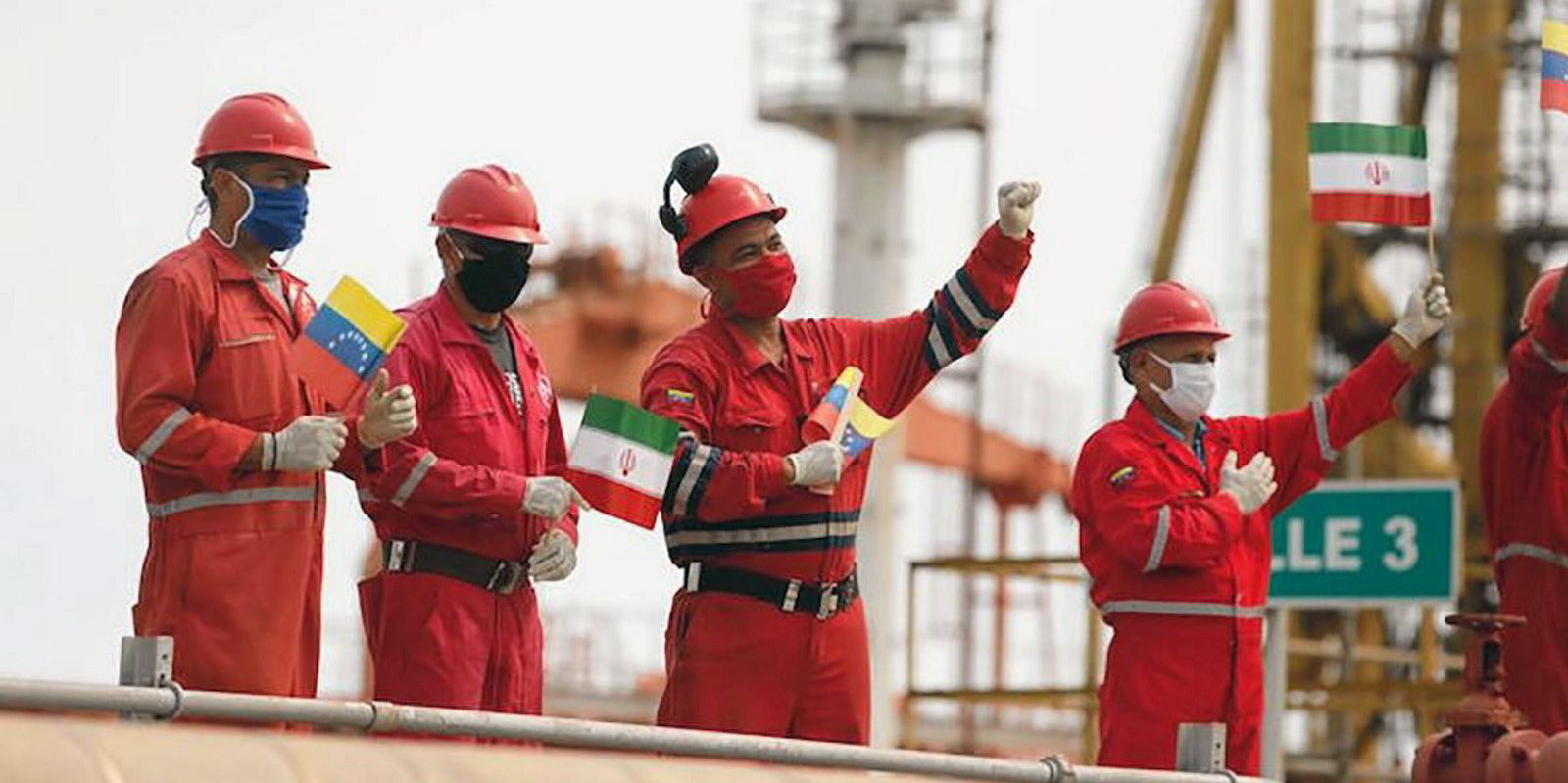AIS vessel tracking has come of age in the 15 years since MarineTraffic was set up in Greece as a free website by founder IT academic Dimitris Lekkas.
Its launch came as the International Maritime Organization extended the AIS system to allow lower-cost B-type devices after initially mandating that about 100,000 vessels on international voyages fit a Class A-type transceiver in 2002 as part of its safety at sea rules.
Part set up by crowdsourcing, interest in the website quickly mushroomed and its free services are now accessed by 5m users monthly, and its paid-for base exceeds 15,000 customers.
“Because of our freemium nature, we enjoy extreme visibility across the world, and that funnels down to businesses mostly subscribing to our services,” executive partner Argyris Stasinakis said as the firm celebrated its 15th birthday.
The company is now one of four main AIS data providers. Other large shipping providers include Orbcomm, Spire Maritime and Lloyd’s List Intelligence.
Visibility of the world’s fleet has increased immensely for the shipping industry and interested public, but clarity has also been accompanied by ships going dark to evade being tracked, particularly if they are dodging sanctions.
“The most common question MarineTraffic answers is ‘when is this ship arriving?’,” Stasinakis said.
But he added that interest has expanded outside traditional shipping users in recent years as technology companies have sought data that can be built on to deliver vessel operating monitoring and performance services or commodity market analysis.
general manager Alex Charvalias said wider use also spiked after the Covid pandemic as financiers, insurers, investors and cargo owners sought better insight into trading conditions or risk management.
“There is no dataset out there besides AIS that is global and trustworthy in its entirety, so it is usually used as the basis for this type of [technology] solution,” Charvalias said.

But despite this, he said AIS has limitations and is “inherently dirty”, requiring effort to process and clean up first before others can use it effectively.
MarineTraffic claims to have the largest network of AIS receivers in the world, collaborates with all the satellite data providers, and has become an expert at making the data ready for other users to manipulate.
But despite visibility being a core issue for the firm, vessels going dark to avoid AIS is one of the system’s limitations.
Tankers have been moving oil from sanctioned Iran and Venezuela for some years, and it is feared many will use the evasion method to beat sanctions related to the Ukraine war to transport Russian oil if it seeks to avoid the price cap that is due to be enacted by the European Union from 5 December.
“In sanctions and security cases, we are really stretching AIS to its limits,” Stasinakis said. “This is a system that was stipulated for safety of life at sea.”
He added that the best results for such intricate-use cases are often achieved by fusing data from multiple sources, including AIS, satellite photography, radar and whatever else is available.
“We report what we see, we are apolitical and don’t take sides: It’s information,” he said. “If we see a vessel disappearing, it is what we report. The conclusions that others can draw from that fact are not ours to make.”
MarineTraffic has ways to identify if a ship is turning off AIS rather than losing coverage, but it does not try to decide why as there could have been a malfunction.
If anything, Stasinakis said AIS had helped the shipping industry become more transparent. Operators who might a decade ago have felt secrecy was a commercial advantage often now see the opposite as more beneficial.
A key element of MarineTraffic’s strategy going forward is to develop services that are relevant for ship operators that are embracing digitalisation and decarbonisation to make their operations more efficient.
Charvalias said MarineTraffic is focusing on three areas where it can add value: for shipowners to manage their fleets, port operations and the wider supply chain.
On the supply side, the company is fusing static data such as boxship voyage schedules and container track-and-trace information with what it sees in real life, such as congestion and delays, from AIS.
Through this combination, Charvalias said MarineTraffic can “create one reality” rather than shippers, forwarders or logistics suppliers “getting multiple realities depending on who they speak to”.
MarineTraffic has been working for nearly a decade on optimising just-in-time port arrivals by determining the current state of affairs in terminals or with specific vessels’ incoming journeys.
“It’s about delivering the solutions that will facilitate port authorities and terminals to manage the queueing of expected arrivals in real time with a direct effect on consumption [of fuel] and emissions,” executive partner Argyris Stasinakis said.





